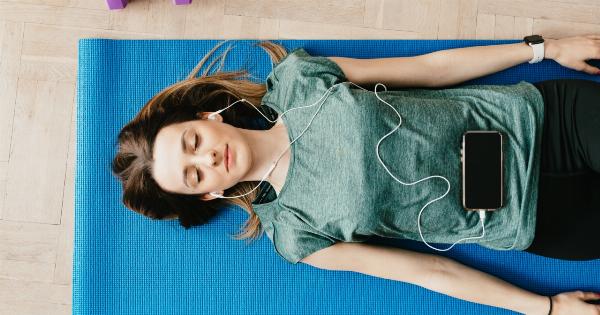Using a Kobo e-reader can be a wonderful way to indulge in the joy of reading without the hassle of carrying heavy books around. However, prolonged use of any electronic device can sometimes lead to discomfort, particularly in the neck area.
Fortunately, there are several tips and techniques you can incorporate into your reading routine to alleviate Kobo neck discomfort and make your reading experience even more enjoyable.
1. Maintain a Good Posture
One of the primary reasons for neck discomfort while using a Kobo e-reader is poor posture. When reading, ensure that you maintain a neutral spine position with your shoulders relaxed and your head in a natural position.
Avoid slouching or hunching forward, as this puts strain on your neck and upper back.
2. Adjust the Device Height
The height at which you hold your Kobo e-reader can also impact your neck comfort. The device should ideally be held at eye level to avoid straining your neck by constantly looking down.
Prop it up on a stand or use a book holder that can adjust the reading height, allowing you to maintain a more comfortable posture.
3. Take Frequent Breaks
Reading for extended periods without taking breaks can place excessive strain on your neck muscles. Make it a habit to take short breaks every 30 minutes to stretch and relax your neck.
Use this time to stand up, walk around, and perform simple neck stretches to alleviate any tension or discomfort.
4. Optimize Lighting Conditions
Inadequate or harsh lighting can cause your neck muscles to tense up while reading. Ensure you have sufficient lighting in your reading area to reduce eye strain and promote a more relaxed posture.
Natural lighting or soft, diffused lights are typically more conducive to comfortable reading conditions.
5. Use a Neck Pillow or Support
A neck pillow or support can provide cushioning and support for your neck while using a Kobo e-reader. These accessories help maintain proper alignment and reduce strain on your neck muscles, making your reading experience more comfortable.
Choose a pillow or support that suits your preferences and provides adequate support.
6. Do Neck Strengthening Exercises
Regularly performing neck exercises can strengthen your neck muscles, thus reducing the risk of discomfort while using your Kobo e-reader.
Simple exercises such as neck rotations, neck stretches, and shoulder rolls can help improve flexibility and relieve tension in the neck and upper back.
7. Use Voice Control
If your Kobo e-reader supports voice control, take advantage of this feature to minimize the need for constantly looking down or holding the device for extended periods.
By using voice commands, you can navigate through pages, access menus, and perform various functions with minimal strain on your neck.
8. Adjust Font Size and Contrast
Poor visibility or strained reading can lead to unnecessary neck discomfort. Adjust the font size and contrast on your Kobo e-reader to ensure the text is clear and easy to read.
This reduces the need to strain your eyes and neck while trying to decipher small or poorly displayed text.
9. Avoid Reading in Bed
Reading in bed may seem like a cozy idea, but it often leads to poor neck positions that can cause discomfort. If possible, find a comfortable chair or sofa with proper back support to read instead.
This will help ensure a more ergonomically-sound reading experience and reduce strain on your neck.
10. Consider Alternating Reading Formats
While e-readers like the Kobo are convenient and portable, considering alternate reading formats can help alleviate neck discomfort. Physical books or audiobooks can offer a break from screen time while still allowing you to enjoy a good read.
Switching between formats can provide relief and reduce strain on your neck muscles.



























